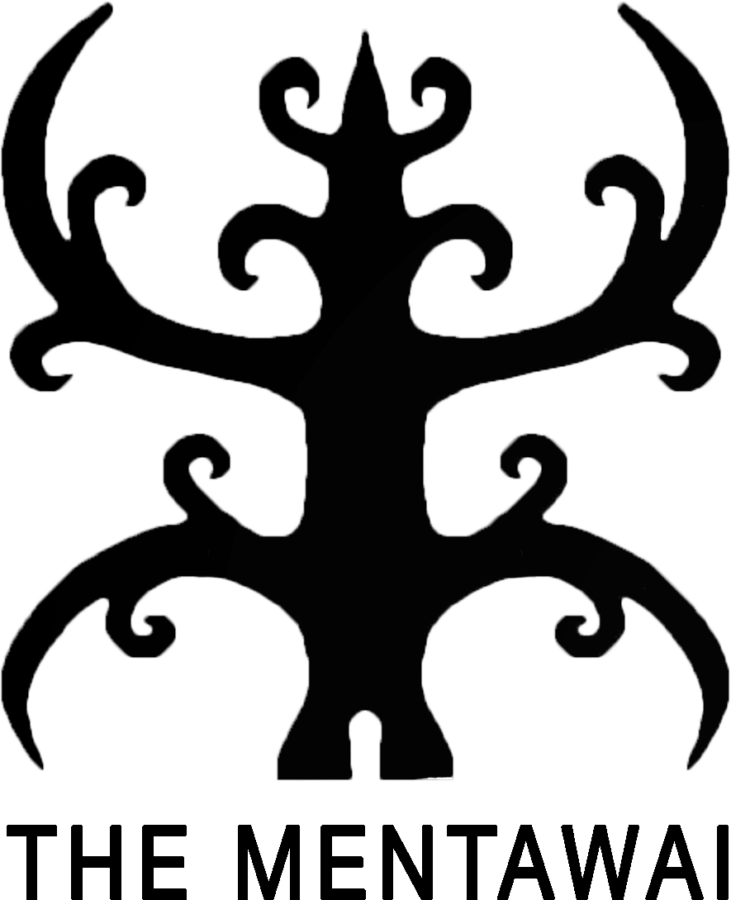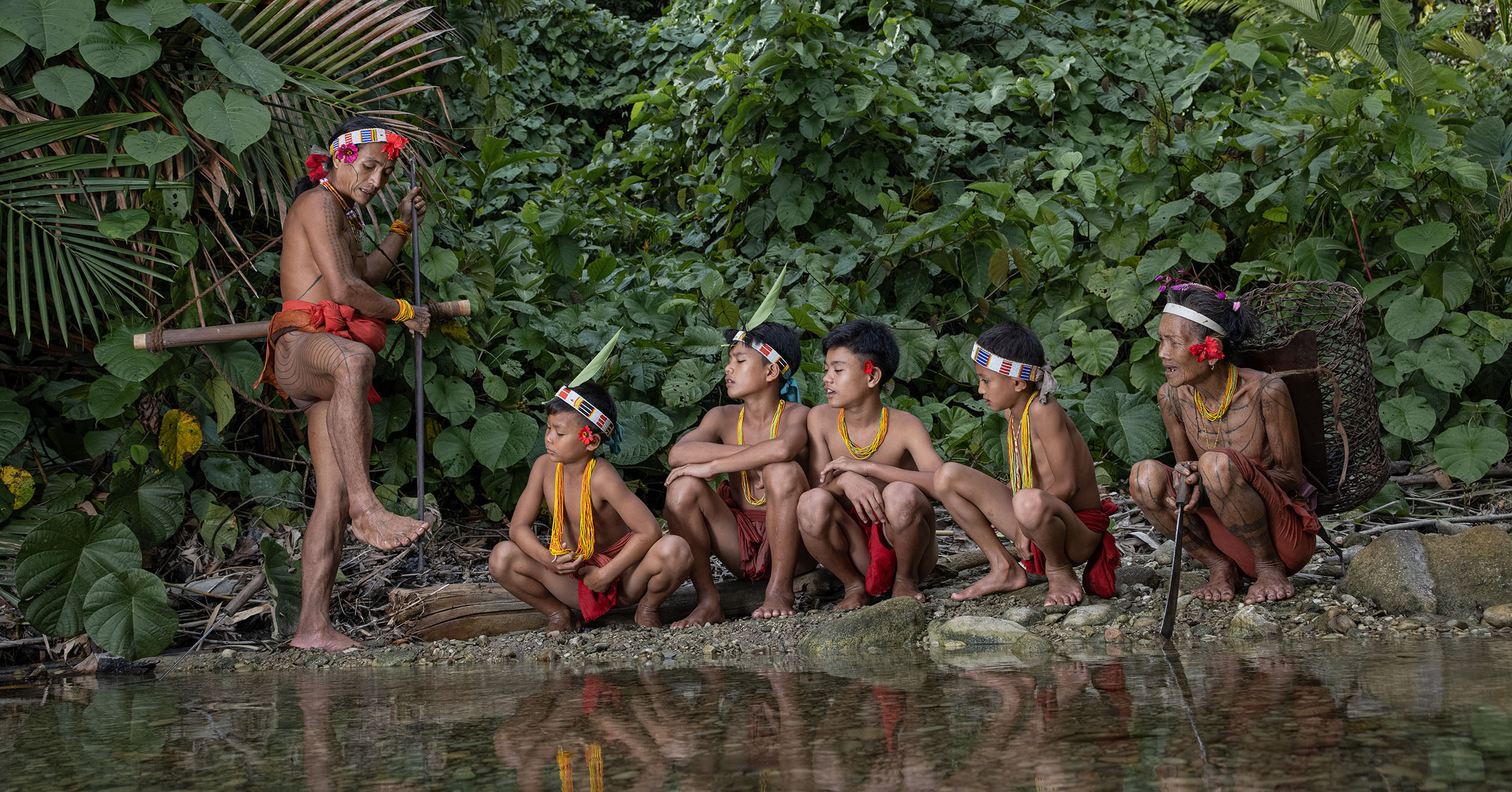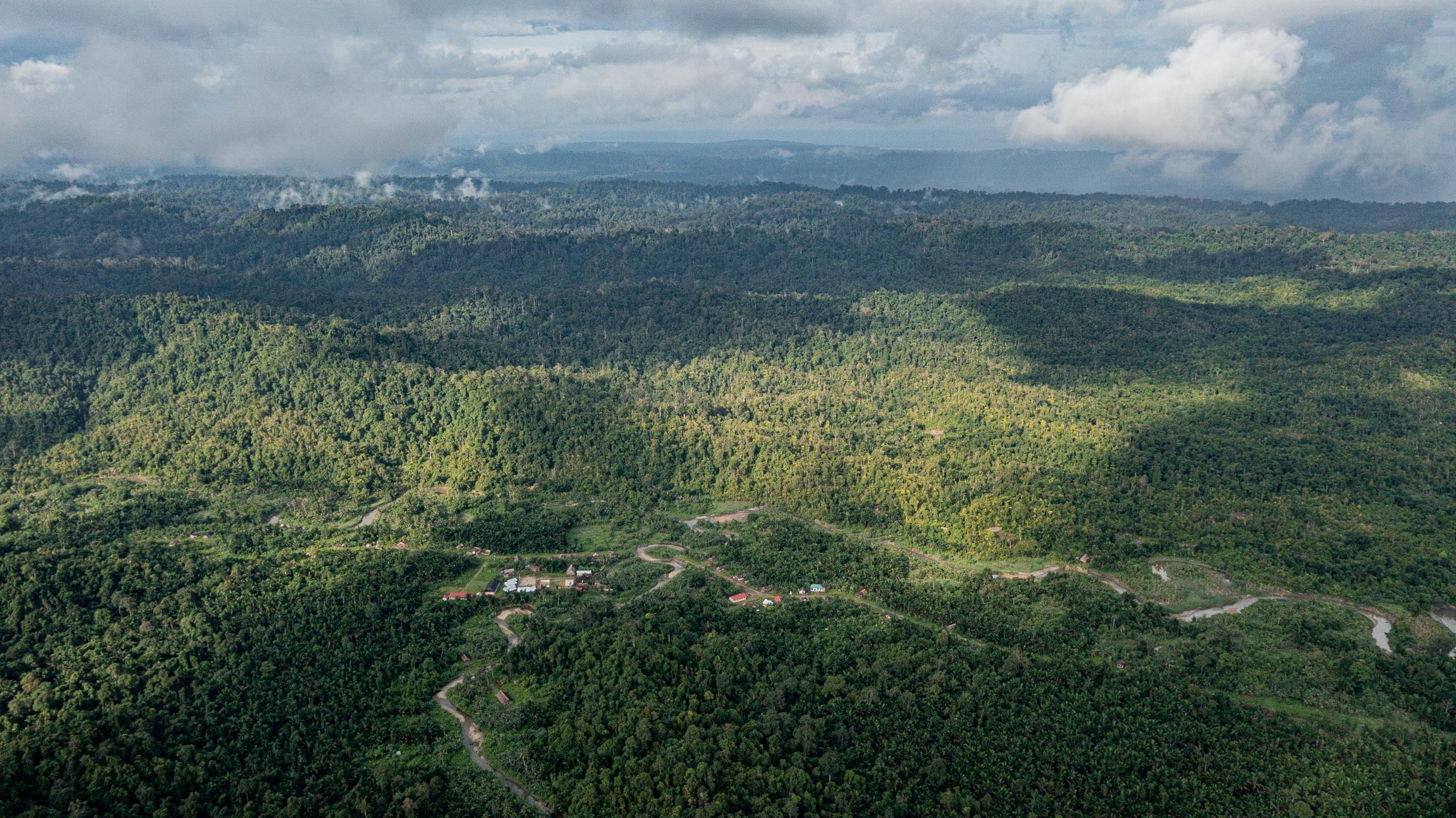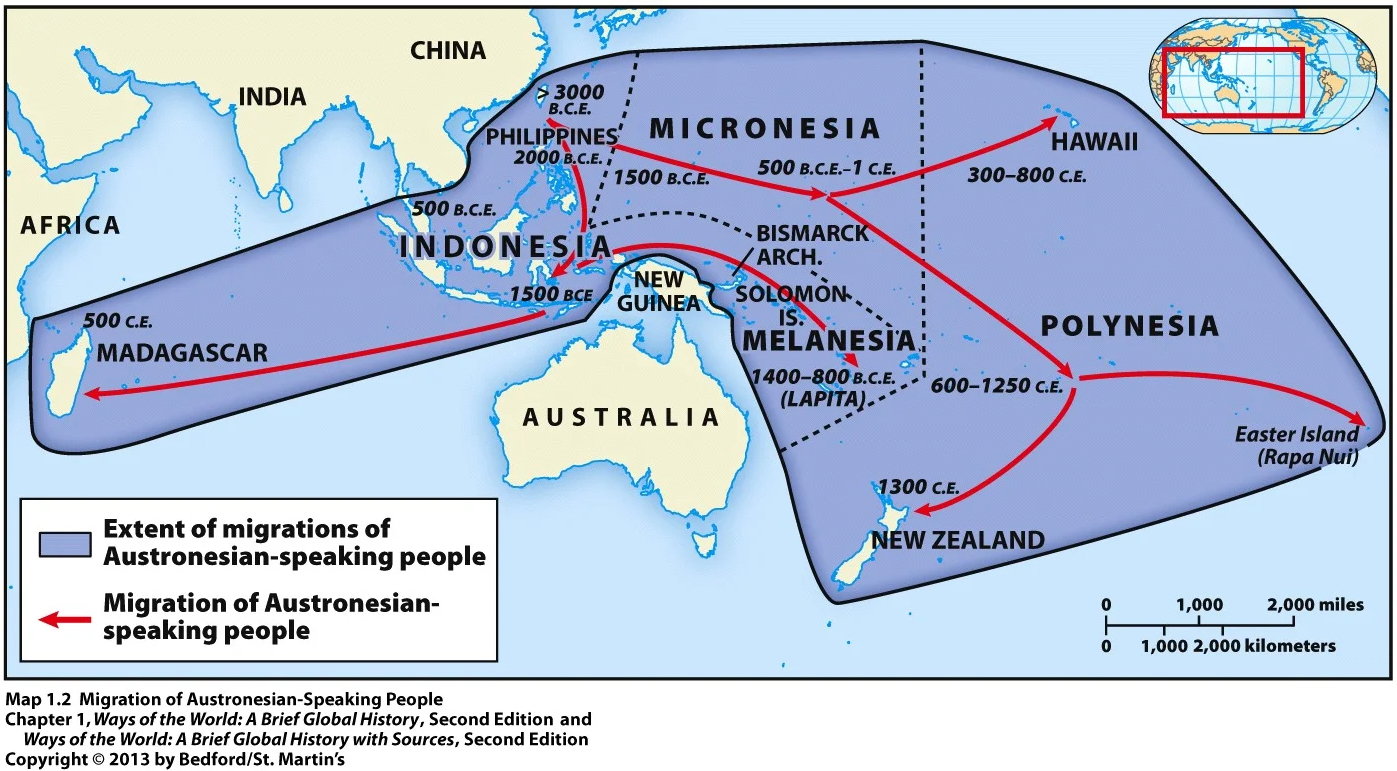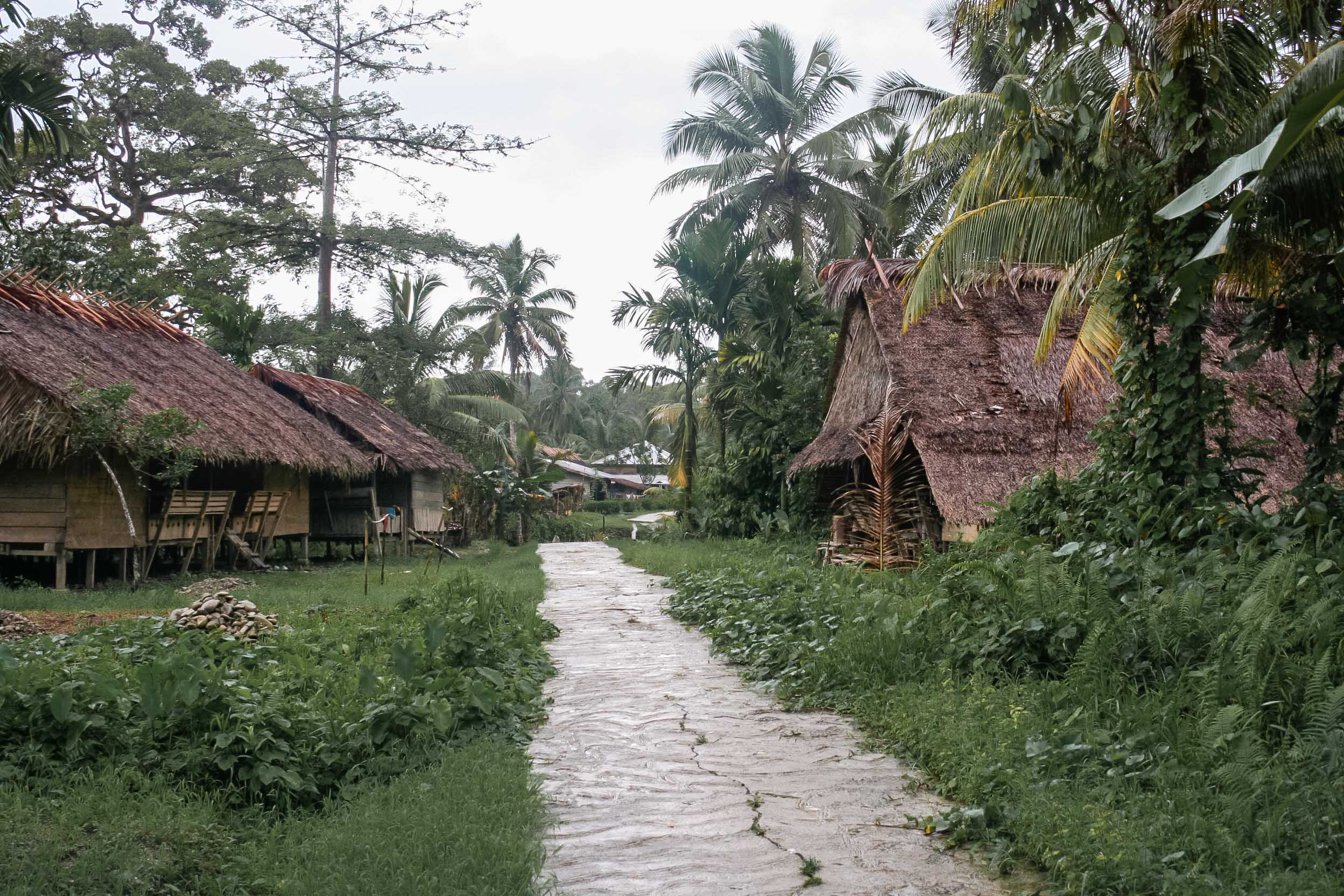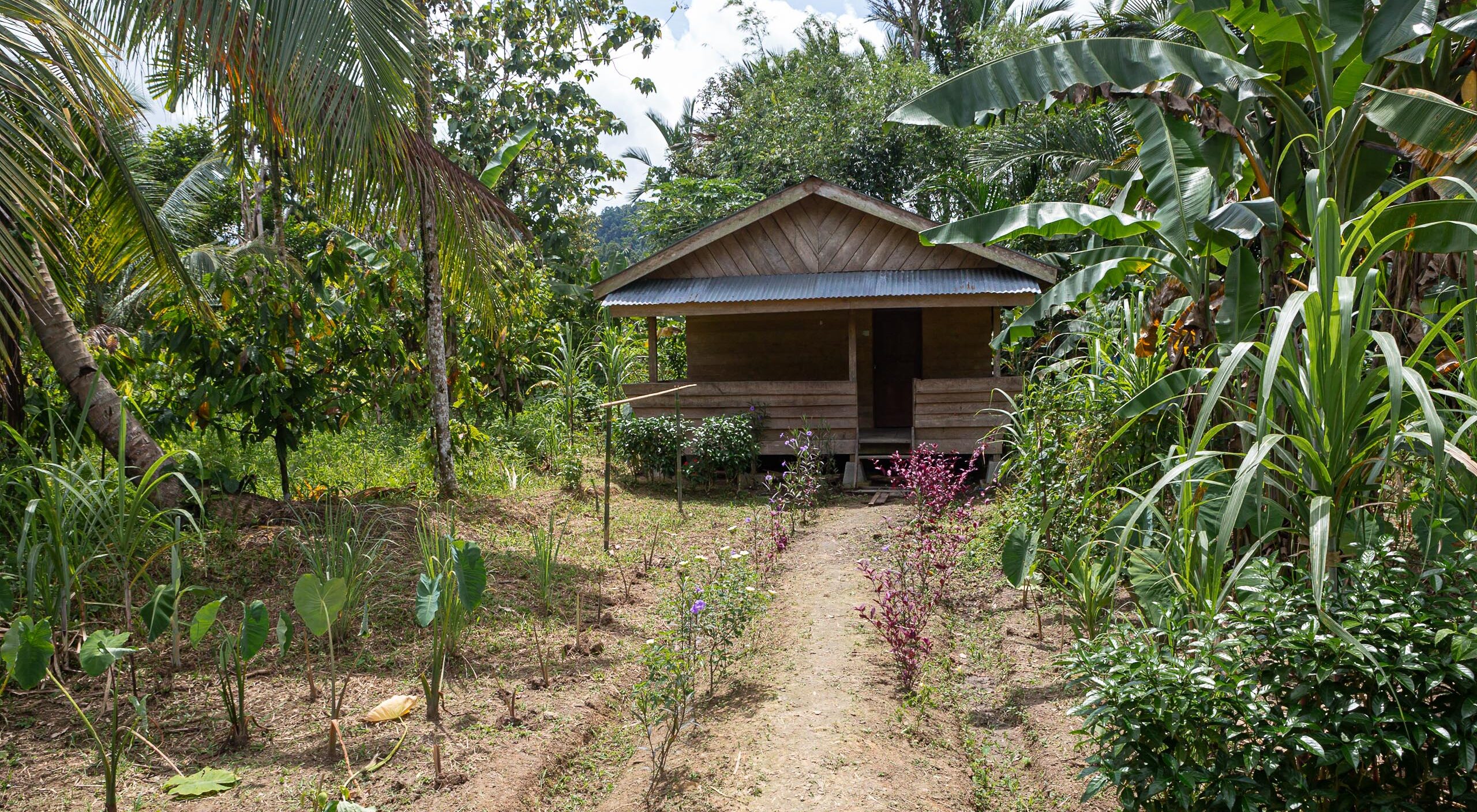The Mentawai Tribe
I made further discoveries in these islands, where I found a population more likable still and, if possible, still more ingenuous. If I continue in this direction, I may expect somewhere to find the "Garden of Eden", and descendants of our first parents.
Sir Thomas Raffles – 1821
The Mentawai
The Mentawai tribe are the native people of the Mentawai Islands, which lie about 150 kilometers west of the coast of Sumatra, Indonesia. The Mentawai live a semi-nomadic hunter-gatherer lifestyle in the coastal and rainforest environments of the islands and are one of the oldest tribes in Indonesia.
The Mentawai live predominantly on the 4 largest islands, Siberut, Sipora, North Pagai and South Pagai. Only on Siberut Island has a small minority of the Mentawai managed to hang on to their traditional way of life, which is increasingly under threat of the encroaching modern world…
About Siberut Island
The Mentawai archipelago consists of about 50 islands, of which only the four largest, Siberut, Sipora, North- and South-Pagai are inhabited. Siberut is the largest of the islands, with an area of 4480 km2, a little smaller than for instance Bali.
The east coast of Siberut Island, facing the mainland of Sumatra, runs slowly down into the sea and is relative easy accessible. The sea is mostly quiet and there are many bays, separated from each other by white sandy beaches and mangrove forests. On the east coast there are 2 main harbors, Sikakap in the north and Muara Siberut in the south, and these 2 harbors are the main gateway to the island’s interior. As a contrast, the west coast forms the westernmost edge of the Asian plate and the coast drops steep into the Indian Ocean, continuously exposed to the force of waves coming all the way from Africa. There are no harbors on the west coast, and this has kept the interior of western Siberut fairly isolated, until today.
There are no mountains on Siberut Island and the highest elevation is only 384 meters. The upper-layer of the soil is poor in rocks and therefore very soft, allowing a tremendous erosion throughout time and resulting in sharp-edged hills, steep slopes and a countless number of small streams winding their way to bigger rivers. Closer to the coast the meandering rivers form broad valleys and fertile earth deposits on the riverbanks and in the marshy lowlands. Here is where the majority of the Mentawai live, in their traditional long-houses dotted along the rivers and its tributaries.
The population density on Siberut has remained low throughout time and it is estimated that there are only about 20,000 Mentawai living on the island. That means an average only about 5 inhabitants per km2!
The Mentawai Islands are not only unique for its culture, but also its biodiversity and wildlife. The islands have been separated from the mainland of Sumatra for over 500,000 years, and it is estimated that 65% of the animal species are endemic, meaning they do not exist anywhere else in the world! Rather unique for relative small islands…
The origin of the Mentawai
It is currently estimated that the Mentawai tribe’s ancestors arrived on the islands between 2,000 and 500 BCE (Before Common Era). The Mentawai are Austronesian people, originating from coastal China and modern-day Taiwan. Around 4,000 years ago the Austronesians went on a sea-borne migration in their huge canoes, traveling south and east, populating the Southeast Asian and Pacific islands. These people belonged to the Mongolian race, speaking dialects of the Austronesian language-group. They were farmers, keeping chickens and pigs as pets, but they did not know the rice-culture yet. Their main tools were axes with a stone blade, which until recently have been used in Polynesia and even Indonesia (Irian Jaya) and which have also been found on Siberut.
The Mentawai tribe’s culture is late Neolithic, Stone Age, with elements of the early Metal Age culture. About 2,000 years ago the Mentawai islands came under influence of an early bronze-age culture; the Dongson culture, named after an archeological site at Hoa Binh, in Northern Vietnam. This new influence brought the rice-culture, the domesticated water buffalo, weaving techniques and of course techniques for the handling of metal to Indonesia. On the Mentawai islands the influence of the Dongson culture was limited to the introduction of some metal tools.
Ever since arriving on their islands the Mentawai have had minimal contact with societies and cultures beyond their shores, and this is what has kept their culture so authentic, and unique.
Change...
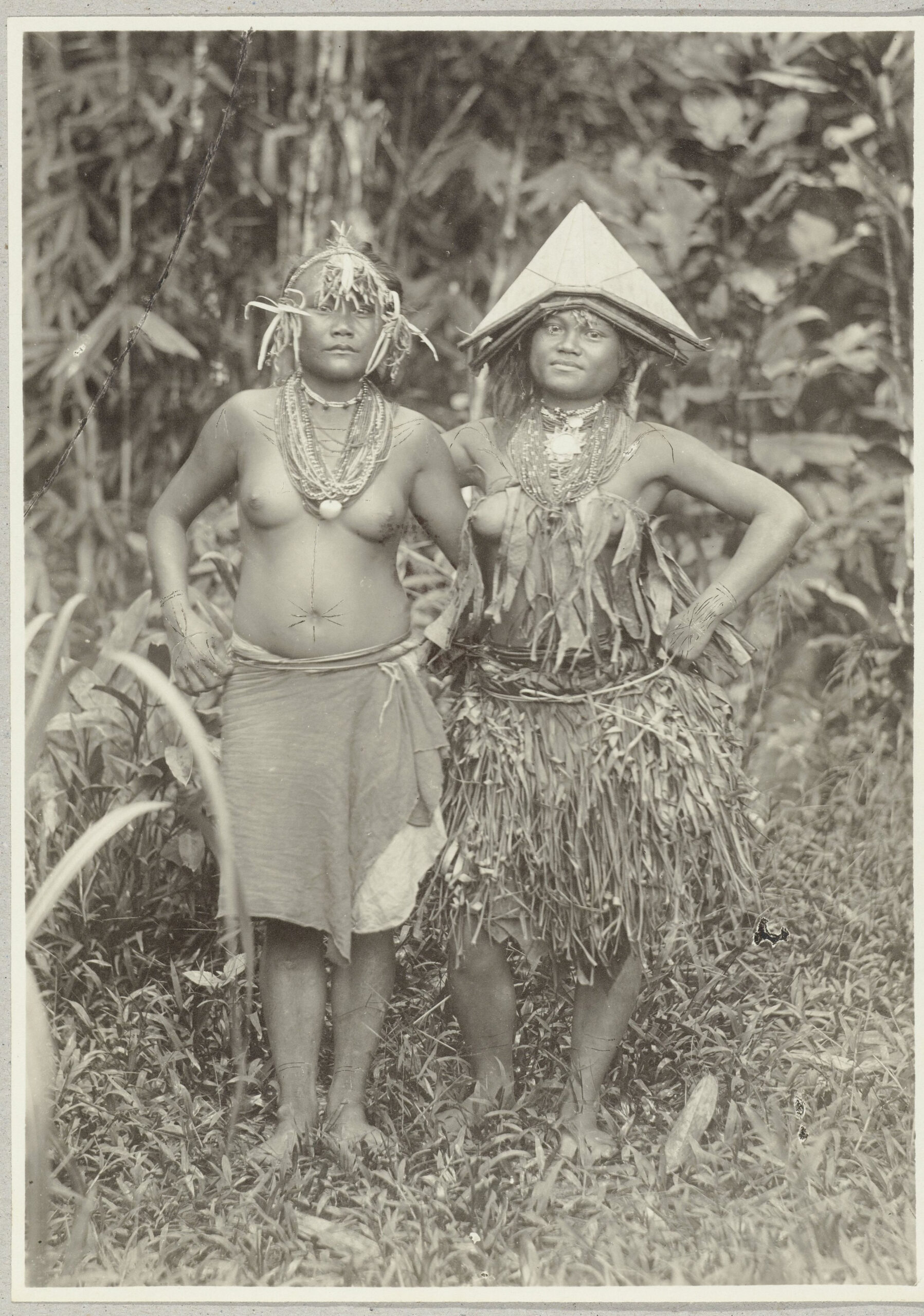
The Mentawai islands became part of the Dutch East Indies in 1864. Initially the Mentawai reacted with a lot of resistance towards policies imposed on them by the Dutch, including “pacification”. Eventually the Dutch accepted the Mentawai traditional way of life, including the great rituals, and did no longer attempt to meddle with the day-to-day lives of the Mentawai. Journals written during this period talk of ‘flower-adorned’ natives and time being spent ‘with the amiable savages’ on ‘the island of happiness’ (Maass, 1902, Karny, 1925).
Following in the footsteps of the Dutch were the first Christian missionaries. They had quite opposite thoughts and the early protestant missionaries disapproved and looked down upon the indigenous community for their superstitious beliefs, rituals and cultural behaviour, describing the people as ‘lazy, underdeveloped and stupid’ and having ‘the distress of a poor people trapped in the terror of evil’ (Hammons, 2010). The first missionary was killed by the Mentawai and eventually also the influence of the first missionaries was minimal; at the beginning of the Second World War only 10% of the population was Christianized.
The first serious attack on the traditional Mentawai culture came after Indonesian independence. By that time also the Catholic missionaries had settled on the island and in 1954 a government decree prohibited animist religions. All Mentawai had to decide within 3 months to join either Christianity or Islam. If no decision was made, one was threatened by either religion-teachers or the police and religious objects of the Mentawai were burned. A cultural genocide, which targeted particularly the Mentawai shamans.
Over the following decades the government simultaneously began introducing development programs designed to integrate the Mentawai into mainstream society and to concentrate the Mentawai, who lived scattered in the forest and river-valleys, into newly established government villages. They were forced to live in houses of one-family unit, in ‘decent’ villages, with a church and a school. The long hairs and loincloths of the men and other traditional garb were prohibited, as well as the sharpening of teeth and tattooing of the body, all signs of ‘indecent primitivism’. The general aim of this policy was to combat “backward (primitif) thinking and practices” in order to promote “development”.
